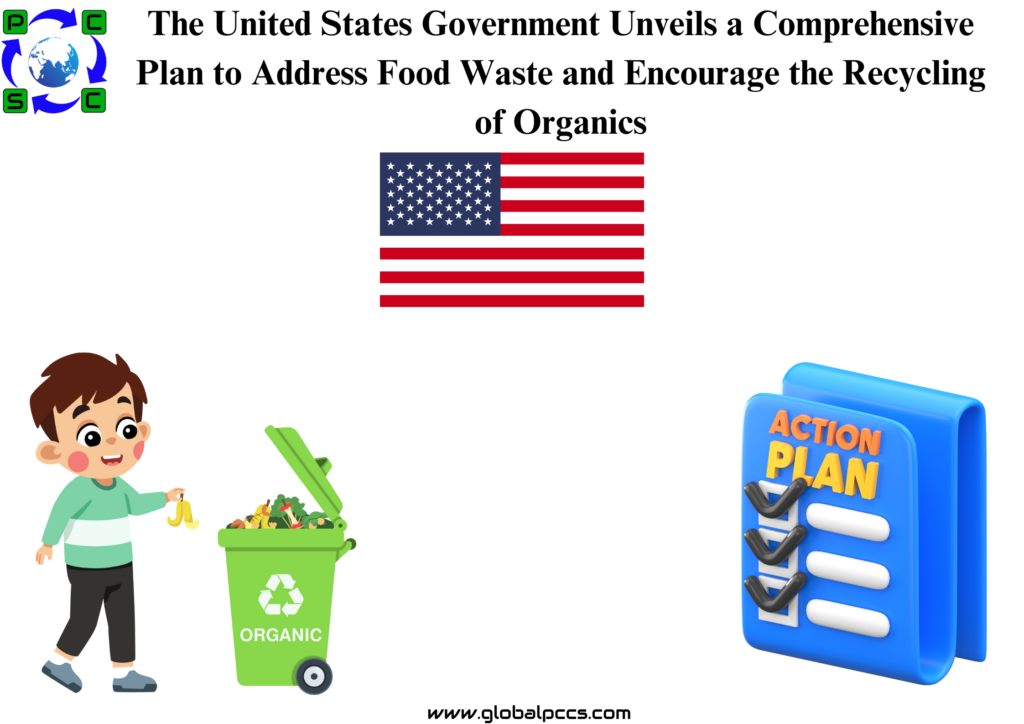 The United States Department of Agriculture (USDA), the Food and Drug Administration (FDA), and the Environmental Protection Agency (EPA) unveiled the “National Strategy for Reducing Food Loss and Waste and Recycling Organics” on June 12. President Biden’s comprehensive strategy to combat climate change, improve food security, and advance environmental justice and a circular economy includes this project.
The United States Department of Agriculture (USDA), the Food and Drug Administration (FDA), and the Environmental Protection Agency (EPA) unveiled the “National Strategy for Reducing Food Loss and Waste and Recycling Organics” on June 12. President Biden’s comprehensive strategy to combat climate change, improve food security, and advance environmental justice and a circular economy includes this project.
Handling the Effects on the Environment and the Economy
Food waste is responsible for 58% of methane emissions from landfills, according to recent EPA studies. In the United States, food loss and waste produce greenhouse gas emissions annually equal to the emissions from sixty coal-fired power plants. In order to reduce greenhouse gas emissions and create chances for the construction of community-scale organics recycling infrastructure, the approach attempts to avoid and divert organic waste from landfills, especially in places where environmental justice issues are present.
In the United States, food waste makes up the majority of the approximately 100 million tons of organic garbage produced annually by municipalities. Food waste produces pollution, deteriorates the quality of the water and land, and accelerates climate change. $1,500 worth of food is wasted annually by the average American family of four. 8% of anthropogenic GHG emissions worldwide are attributed to food loss and waste.
Strategic Objectives and Actions
The four primary goals of the approach are as follows:
- Prevent Food Loss
- Prevent Food Waste
- Raise the Rate of Organic Waste Recycling Adopt Policies to Promote Recycling and Prevention
Specific activities are provided for every target. In order to reduce waste across the supply chain, the EPA is trying novel ways, creating a nationwide consumer education campaign, bolstering the infrastructure for organic recycling, and growing the market for recovered organic good
A Holistic Approach to Food Waste and Climate Change
In order to reduce food waste and improve the recycling of food and organic materials, the recently issued strategy lays out specific objectives for consumers, retailers, and government organizations. In order to lower GHG emissions, save expenses for individuals and companies, and promote cleaner, healthier communities, this is an essential first step.
Background and Impact
The plan helps achieve the National Food Loss and Waste Reduction Goal, which is in line with UN Sustainable Development Goal Target 12.3 and calls for a 50% reduction in food loss and waste by 2030. This objective also supports the U.S. Methane Emissions Reduction Action Plan, which emphasizes the quick and substantial effects of lowering food loss on decreasing greenhouse gas emissions.
The greatest government investment in recycling in thirty years, the EPA is allocating roughly $200 million from the Bipartisan Infrastructure Law to recycling programs in order to further promote this project. These initiatives, which support the President’s Justice40 Initiative, are geared on helping underprivileged areas and have more than $83 million set aside for organics recycling projects.








 Authorised IMDS & CDX Training & Consulting partner for
Authorised IMDS & CDX Training & Consulting partner for






